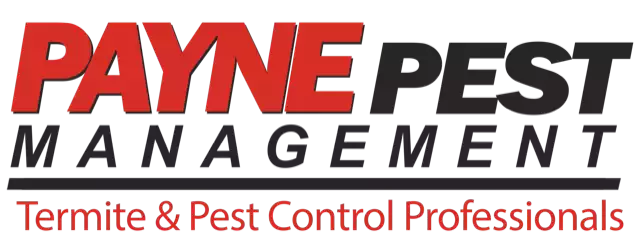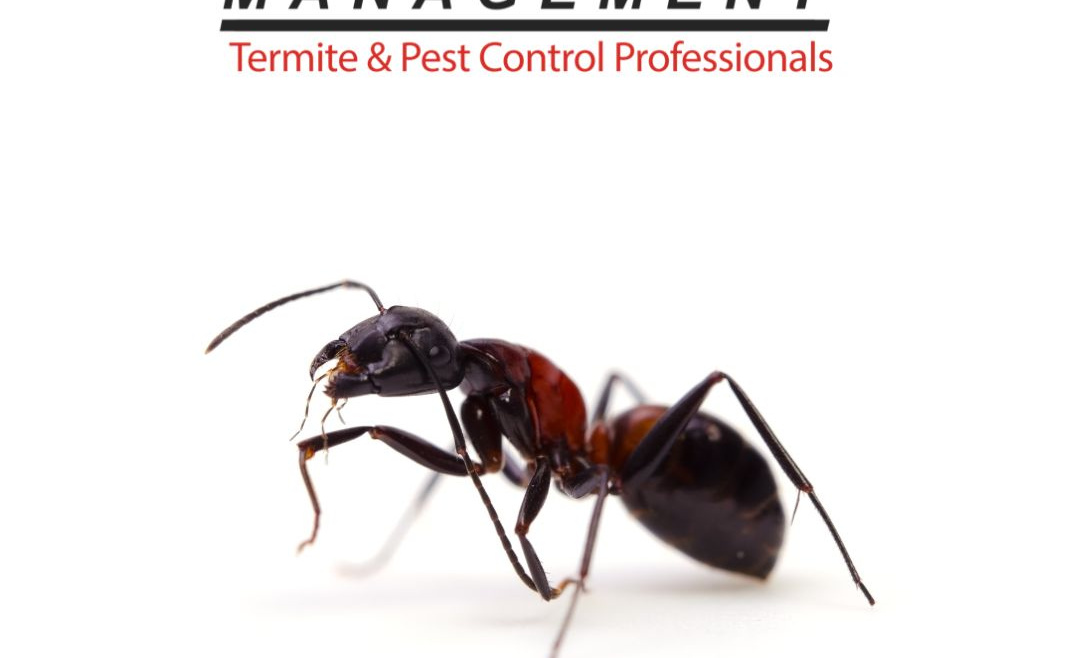Homeowners often find themselves in a familiar war against invading ant species. These tiny yet industrious creatures can infest our homes, contaminate food, and generally make life a little less comfortable. But not all ants are created equal, and understanding the different species can be the first step towards effective ant control. In this post, we’re going to take a deep dive into some of the most common ant species you might encounter in and around your home, how to identify them, and most importantly, how to deal with them effectively.
Ant Basics: Social Structure and Why They Invade
Before we jump into the specific species, it’s essential to understand the common social structure of ants and why they might decide to become uninvited guests in our homes. Ants are social insects, meaning they live in large groups called colonies. Each colony usually contains one or more queens, worker ants, and, in some species, soldier ants.
When you encounter ants in your home, it’s the worker ants out foraging for food or searching for a new nesting site. They do this in response to weather changes, to find better conditions, or because their original nest was disturbed. Understanding these motives can be crucial in devising a control strategy.
The Pavement Ant (Tetramorium species)
These tiny ants are typically dark brown to black and known for making their colonies under pavement or along the foundation of homes. You might spot their small hill-shaped nests in the yard or in the cracks of your driveway. Despite their small size, they can quickly become a nuisance indoors, especially during the spring and summer.
To keep pavement ants outside, it’s important to seal any entry points they might use. Caulking cracks in the foundation, around windows, and doors can go a long way. If an infestation has already begun, locating and treating the nest directly is the most effective strategy.
The Argentine Ant (Linepithema humile)
Argentine ants are light to dark brown and are known to form extensive colonies with multiple queens. These are the “sugar ants” that can form long trails in your kitchen as they search for sweets. While they’re not known for stinging or biting, their large numbers can make them a formidable opponent.
Unlike some ant species, Argentine ants prefer to establish many nests, making them difficult to root out completely. Regular cleaning in the kitchen, keeping food tightly sealed, and promptly cleaning up spills can help deter these persistent pests.
The Odorous House Ant (Tapinoma sessile)
The odorous house ant is a small, brown or dark orange ant that typically travels in long trails and has multiple nests. They get their name from the rotten coconut-like smell they emit when crushed. These ants also prefer sweets but are known to eat almost anything.
Controlling odorous house ants requires diligence. Setting up bait stations with a sweet or fatty substance can be effective, as is using a professional pest control service that can track the ants back to their nests and eliminate the problem at the source.
The Carpenter Ant (Camponotus species)
Carpenter ants are larger than many other ant species and can be a variety of colors, although red and black are common. Unlike termites, they do not eat wood but rather hollow out galleries in which to live. This can still cause significant structural damage over time if left unchecked.
Locating carpenter ant colonies can be quite tricky as they can nest far from where they’re seen. Common signs of infestation include small openings in wood, piles of sawdust-like shavings, and rustling sounds in walls. Professional assistance is often necessary for effective control.
Prevention and Management Tactics
The best way to tackle an ant problem is through a combination of prevention and management. Prevention measures include:
- Keeping a clean house by wiping down counters, sweeping, and storing food properly
- Sealing cracks and crevices around your home, inside and out
- Trimming vegetation and removing debris from around your house, especially near the foundation
When it comes to management, the approach will vary depending on the species. Using ant baits, which the worker ants carry back to their nests, can be effective but requires patience. If infestations are severe, or you’re dealing with particularly elusive species like carpenter ants, professional pest control is often the best course of action.
Remember, when using any kind of pesticide or bait, always read the label and follow the instructions carefully. Ensure the products are safe to use in your home, especially if you have children or pets.
Payne Pest Management’s Approach
At Payne Pest Management, we understand the unique challenges posed by pests in the home. Our team is equipped to handle a variety of ant species using safe, effective methods. We offer comprehensive inspection and treatment services tailored to your specific needs.
We also provide ongoing support and guidance to help you prevent future infestations. Our goal is not just to eliminate the immediate problem but also to educate and empower homeowners to take control of their pest management needs.
By understanding the habits and preferences of the common ant species, we can take a proactive stance against these persistent pests. With the right knowledge and approach, you can reclaim your home from the invading hordes of ants and live more comfortably.
Want to Learn More?
If you’re interested in proactively managing your home’s pest situation, visit our website at Payne Pest Management. Our blog and service pages contain a wealth of information and resources to help you stay on top of your home’s pest control needs. Don’t let pesky ants take over—get informed, get equipped, and get in touch with us today.







